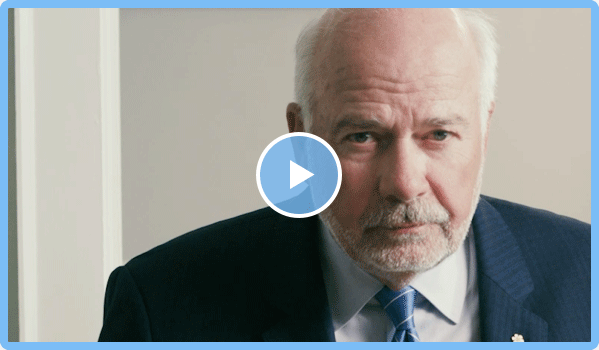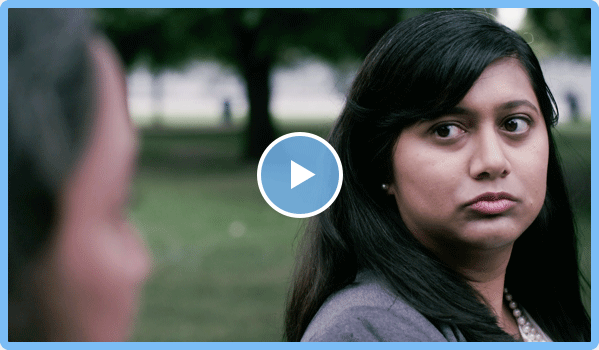Always demand evidence.
Remember: memes aren’t news.




Always demand evidence.
Remember: memes aren’t news.

Copy key quotes or claims into a Google search to see what others are saying about it.

If you notice bad grammar, incorrect spelling or other typos, doubt it.

Read beyond the headline to see if it’s really what the story is about.

Take a look at the date. Old news is sometimes passed off as new… news.

SHOCKING! Headlines Written this Way Usually Distort the Truth (JOURNALISTS HATE THEM!).

What are experts saying? If the claim is based on amateur opinions, doubt it.


Look up the source on Wikipedia. Credible publications will have plenty of info about them. If you can’t find anything? Doubt it.

Copy the site’s address into DomainBigData.com to learn who owns it and when it was created. Was it made by Joe Blo yesterday? Doubt it.

Check to see if the source is pretending to be a different, more-credible source. For example: cbc.ca? Real. But cbc.com.co? Doubt it.

Is it just a screenshot of a news story? Doubt it.

If the author doesn’t have the credentials to be talking about the subject, doubt it.

Is there just a single anonymous source? We know a guy who knows a guy who says you should doubt it.

When looking for bias, keep an eye out for sponsorships. If the author has a monetary incentive to share the story, doubt it.


To see where else an image has been used, save it to your device then upload it to images.google.com by clicking the camera icon. This is called a “reverse image search.”

A reverse image search also works for screenshots taken from videos.

For videos, the Poynter Institute recommends keeping an eye out for inflammatory language as well as critical facts. If you’re getting the first without the second, doubt it.

If it seems photoshopped, there’s a good chance it is.

Check the caption. Reliable sources will credit the photo’s owners.

Look to see how the video has been edited, and how much it’s been edited. Check out this handy guide to spotting manipulated video. If you’re not getting the full context, doubt it.

Sites like TinEye.com are useful tools to learn where an image originated.

Amnesty International’s Youtube Data Viewer can give you detailed background info on videos.
Verify the facts, then challenge the false claims you hear using what you found (in that order).
Focus on the information, not the person who shared it (remember, they may not have known it was wrong).
Explain the tools and techniques you used.
No matter how difficult it may be, keep it courteous.


